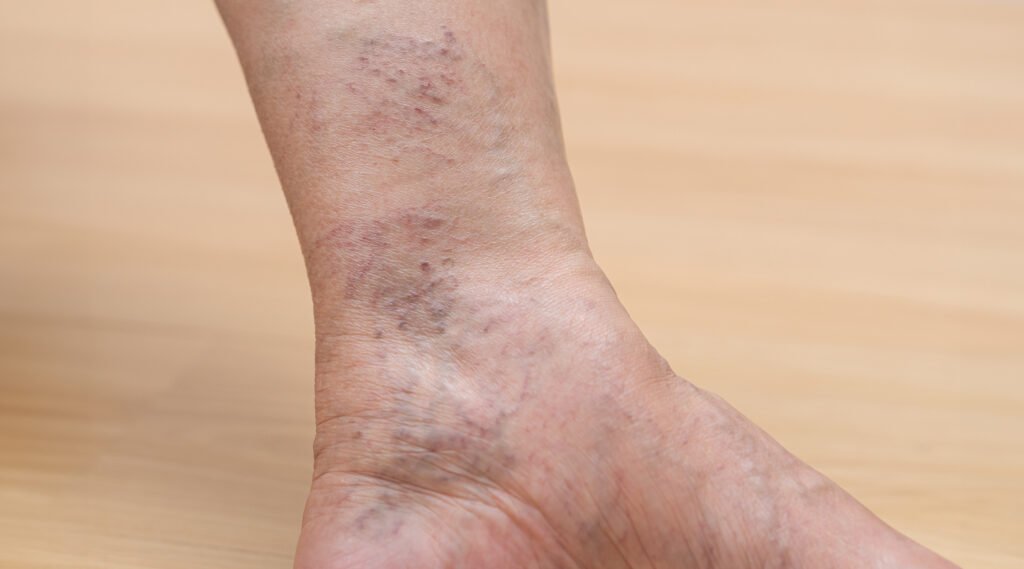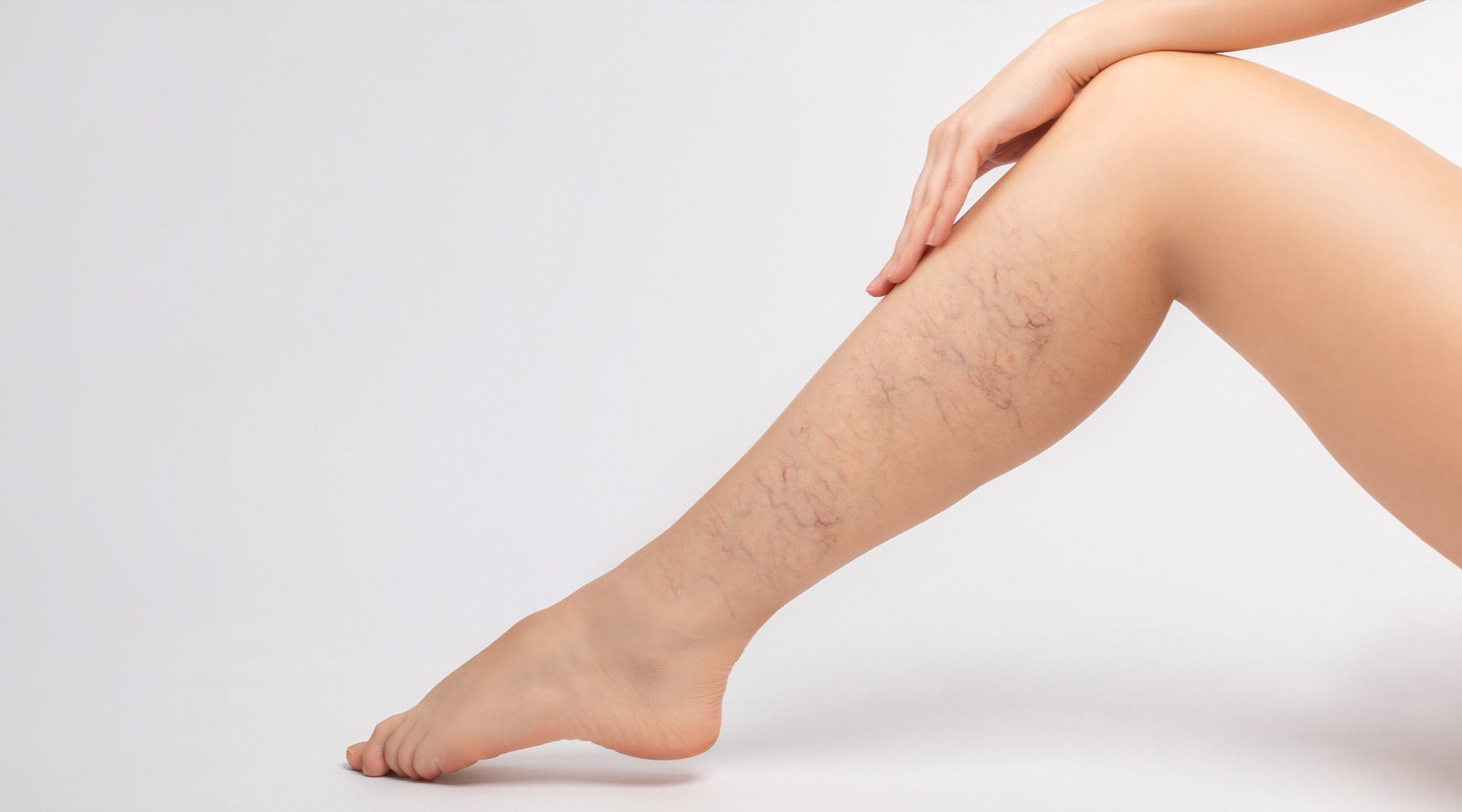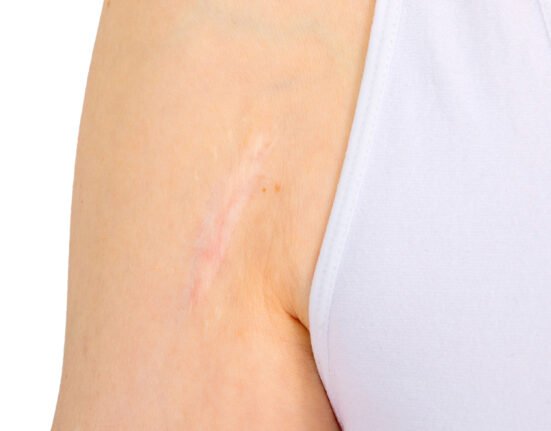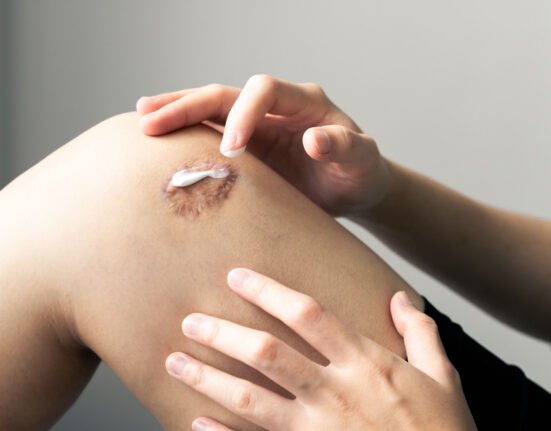The link between diabetes and varicose veins is not as straightforward as it seems. Having varicose veins does not necessarily mean someone has diabetes.
Likewise, diabetes does not directly cause varicose veins. However, when both conditions occur together, the risk of complications increases, and the situation can become more dangerous.
How Diabetes Affects Blood Vessel Health
Diabetes affects the body as a whole. High blood sugar levels can weaken the lining of blood vessels, increasing the risk of organ damage.
This condition also makes people with diabetes more prone to peripheral artery disease, which can cause leg pain while walking.
In addition, weight gain—often associated with diabetes—can further damage blood vessels and increase the likelihood of varicose veins.
The Connection Between Diabetes and Varicose Veins

People with diabetes are more likely to have poor blood circulation, especially in the legs and feet.
The buildup of glucose can affect the nerves and arteries in the lower limbs, increasing pressure in the veins.
Varicose veins develop when the valves inside blood vessels weaken and stop working properly.
As a result, blood pools in the veins, making them appear swollen, darker in color, and twisted beneath the skin. Other common symptoms include:
- a heavy feeling in the legs,
- pain and swelling,
- itching around the veins,
- wounds or bleeding in the legs.
Because nerve damage (neuropathy) is a common complication of diabetes, patients may not notice the early signs of vein problems.
This is why regular foot and leg checks are so important.
Risk of Complications
When diabetes and varicose veins occur together, the risk of complications rises, such as skin ulcers or infections.
Nerve damage makes early warning signs harder to detect, while slower healing and a weakened immune system make infections more likely and potentially more severe.
Treatment and Management

Treatment for varicose veins in people with diabetes usually starts with keeping blood sugar levels stable through regular monitoring, a healthy diet, oral medications, or insulin if needed.
Non-invasive treatments can help relieve symptoms, including:
- exercising regularly,
- limiting salt intake,
- elevating the legs when resting,
- and protecting the feet from injury.
If an invasive medical procedure is required, doctors typically recommend checking HbA1c levels first to assess blood sugar control.
People with diabetes and varicose veins who are considering treatment should consult a general practitioner or an internal medicine specialist.
With proper evaluation, doctors can determine the safest and most effective therapy. After treatment, more frequent follow-up visits may be necessary to prevent complications.
References
Georgia Endovascular. Accessed in 2025. The Connection Between Diabetes and Varicose Veins.
The Vein Institute. Accessed in 2025. Recognizing the Role of Diabetes in Vascular Health.
UK Vein Clinic. Accessed in 2025. Diabetes and Varicose Veins – Facts and Myths.














Leave feedback about this